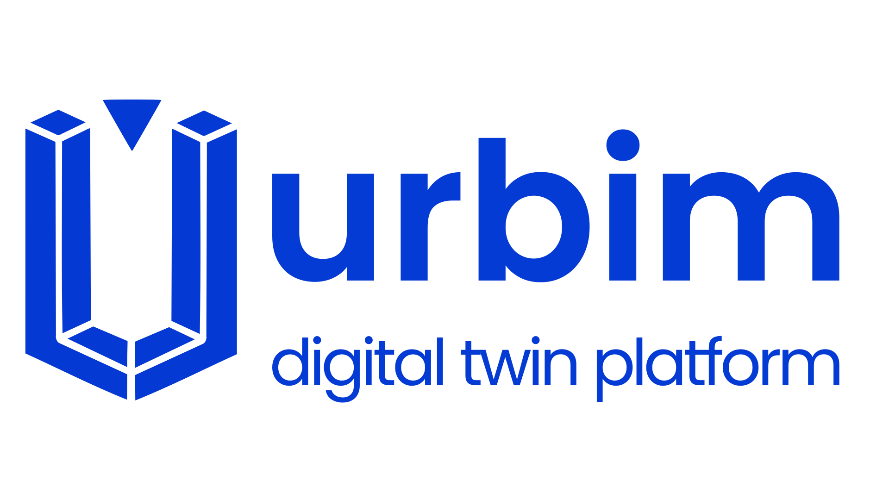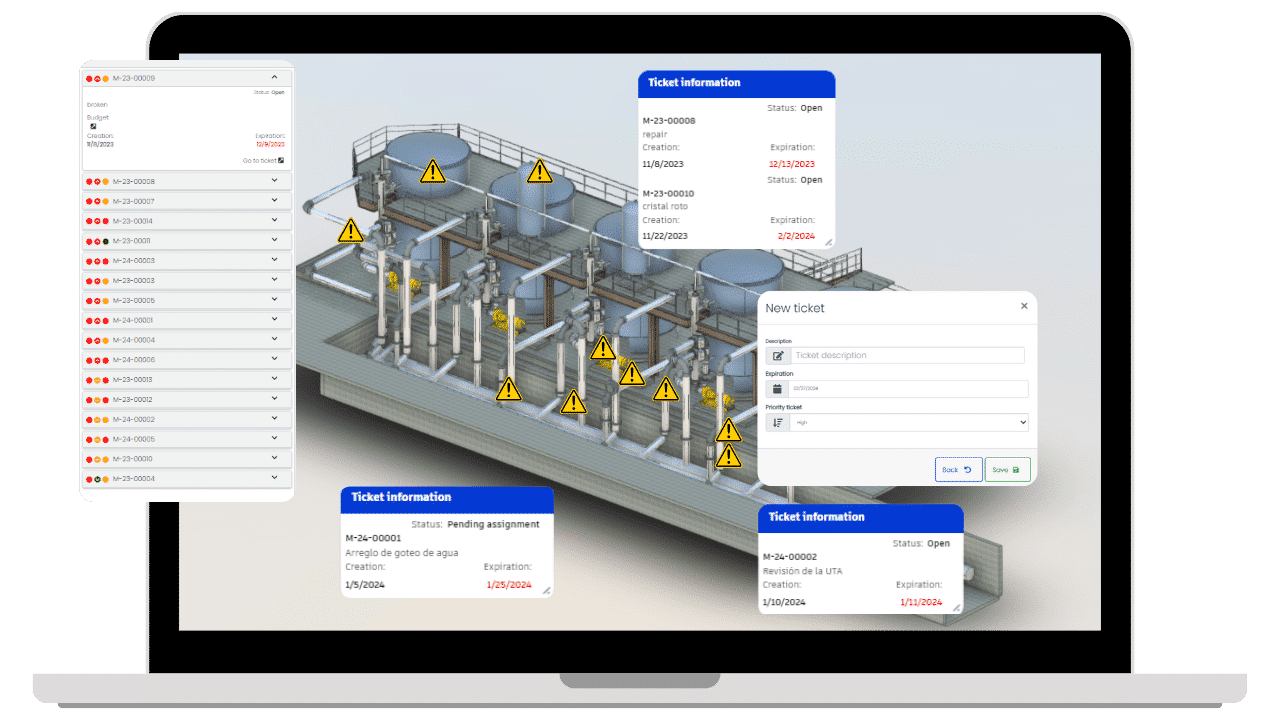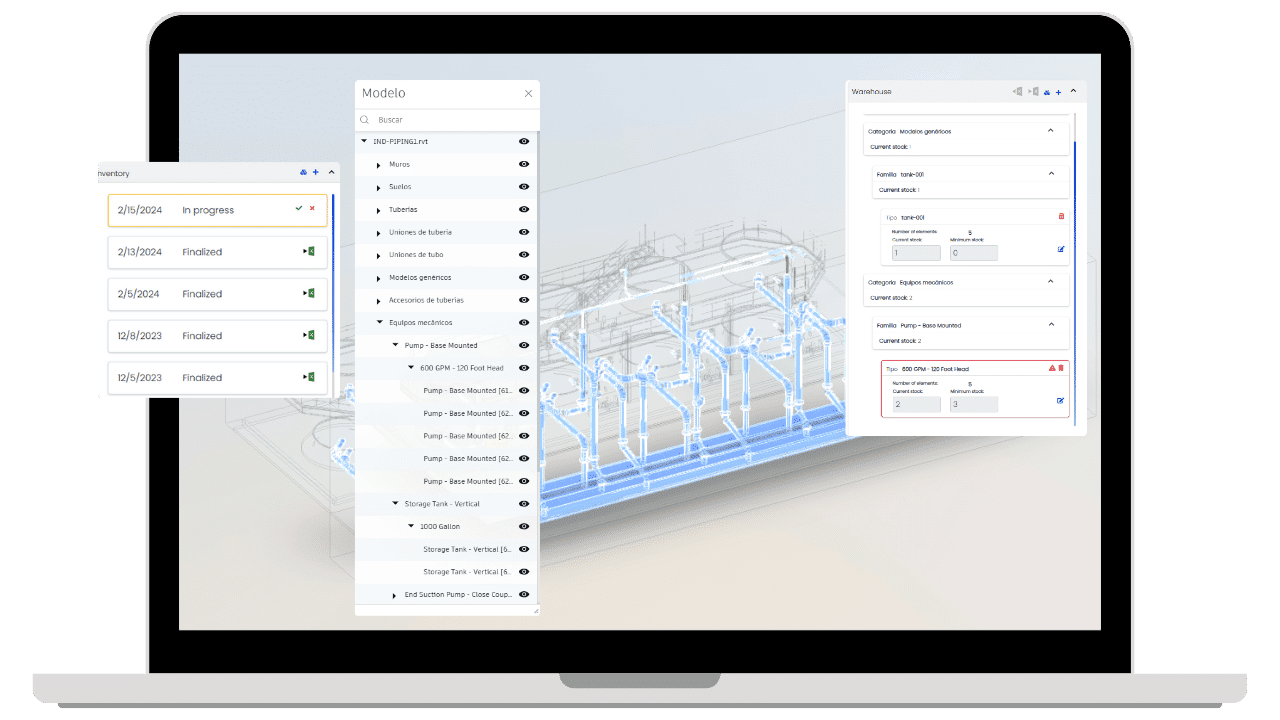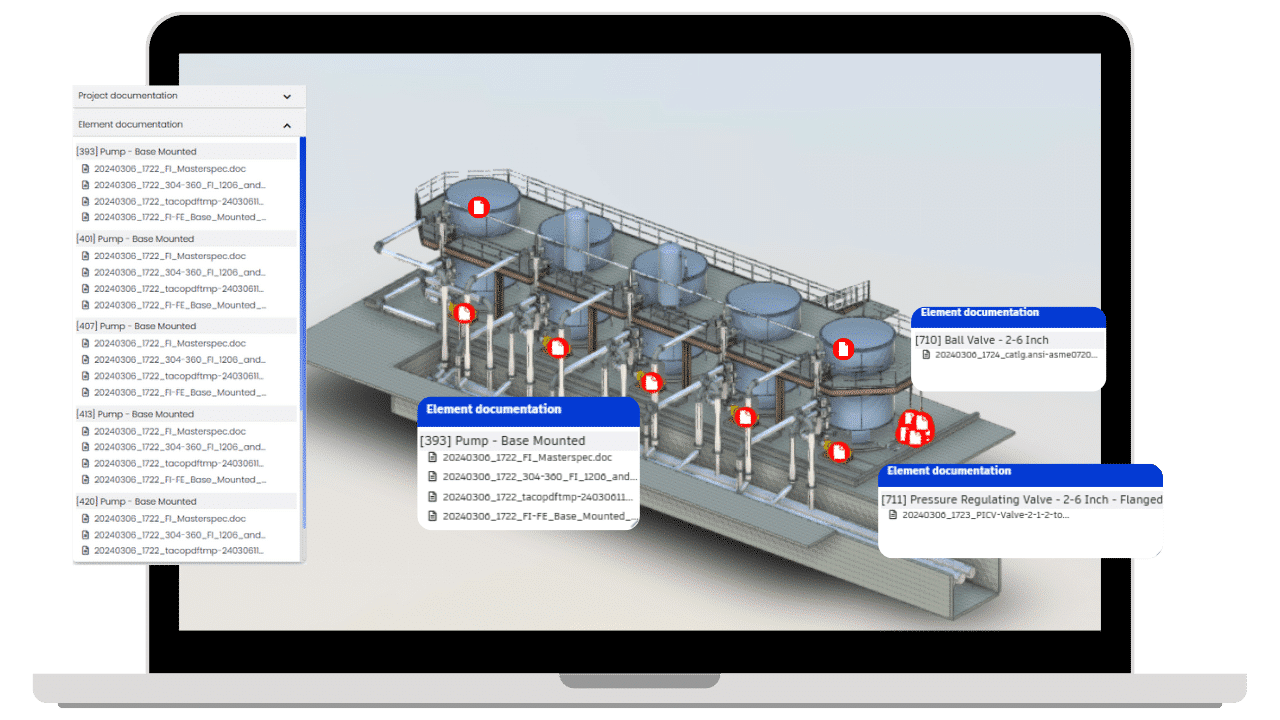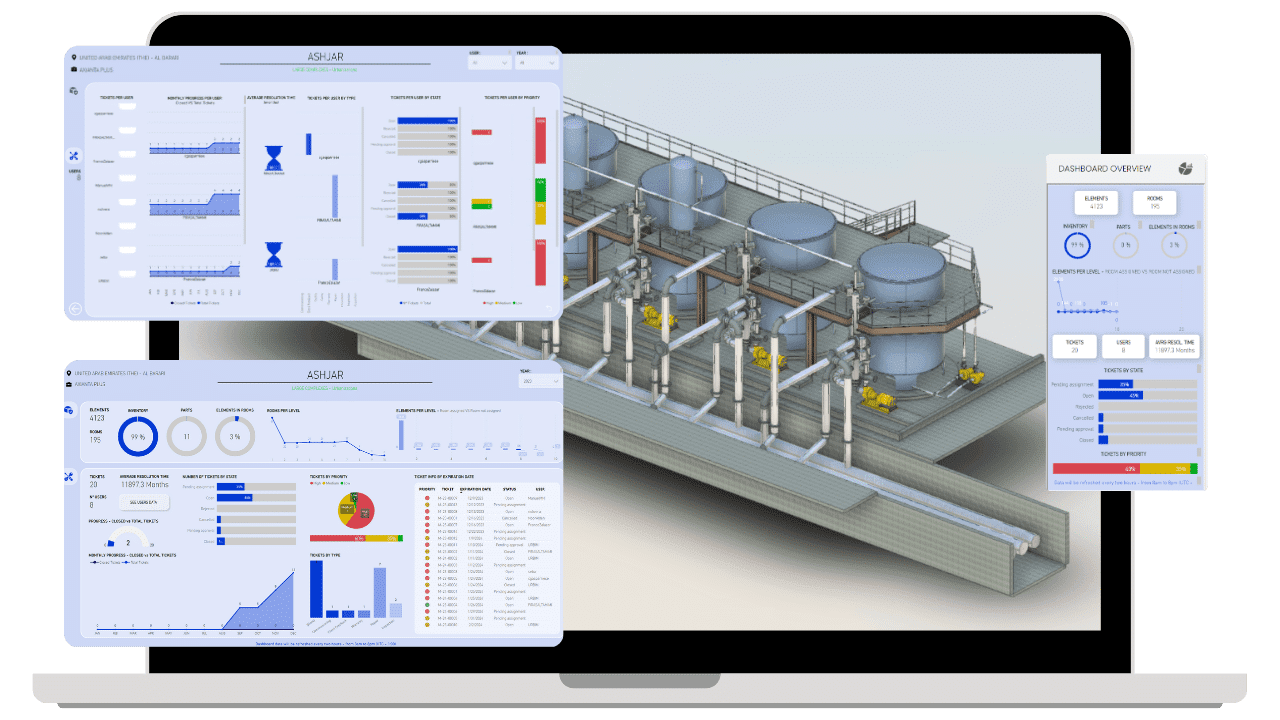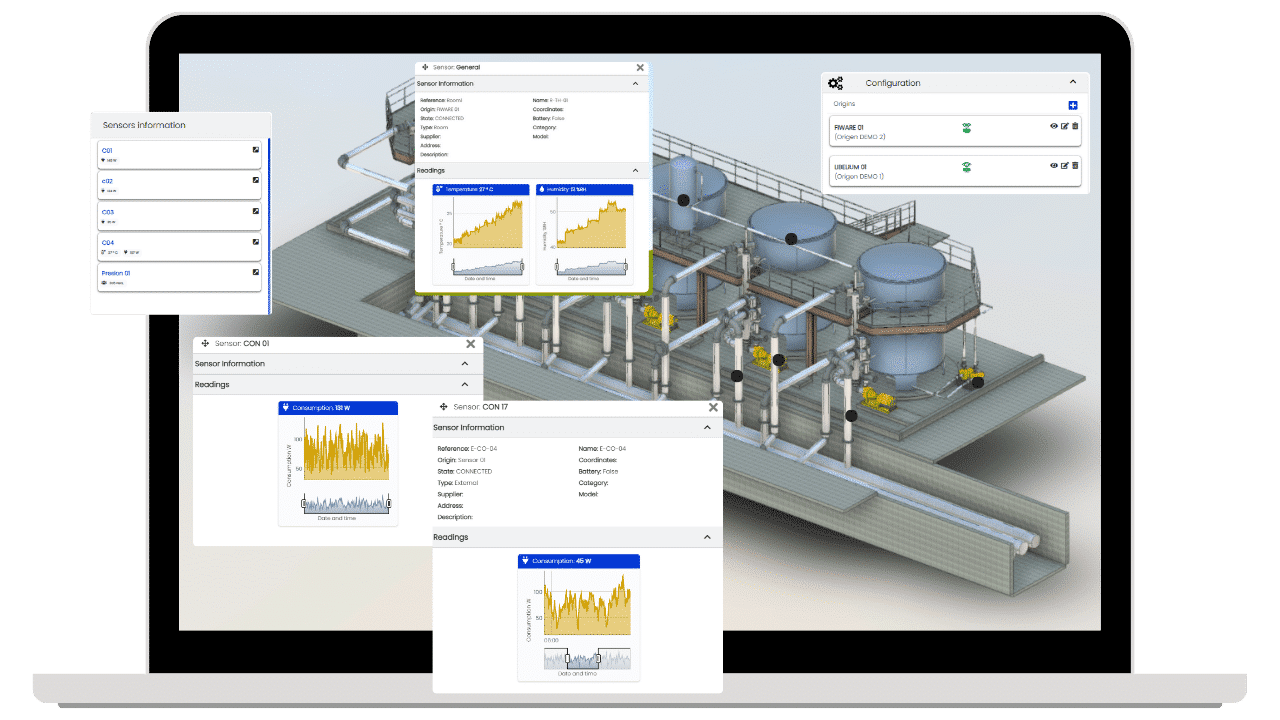Scroll Down
Industrial management platform
Industrial plant management integrates various data sources and users, from operators to owners, enhancing efficiency and safety. Utilizing plant-specific data (materials, warranties, compositions, maintenance…) ensures optimal operation. All stakeholders, including managers, operators, and service providers, engage and benefit from this collaborative and informed management approach.
Problem and Solution
The problem
“Managing industrial assets presents challenges in coordinating complex operations, ensuring equipment efficiency, and maintaining safety standards across diverse data sources and user needs..”
How can we help by integrating information into an industrial asset?
URBIM’s digital twin technology for industrial assets offers a comprehensive solution by integrating critical data across machinery and facilities. This enables precise control, predictive maintenance, and enhanced safety, ensuring seamless operations and reducing downtime. By bridging the gap between data complexity and user interaction, URBIM improves overall asset performance and operational safety
21.4
20
70
Services
Data Analytics
Clients




